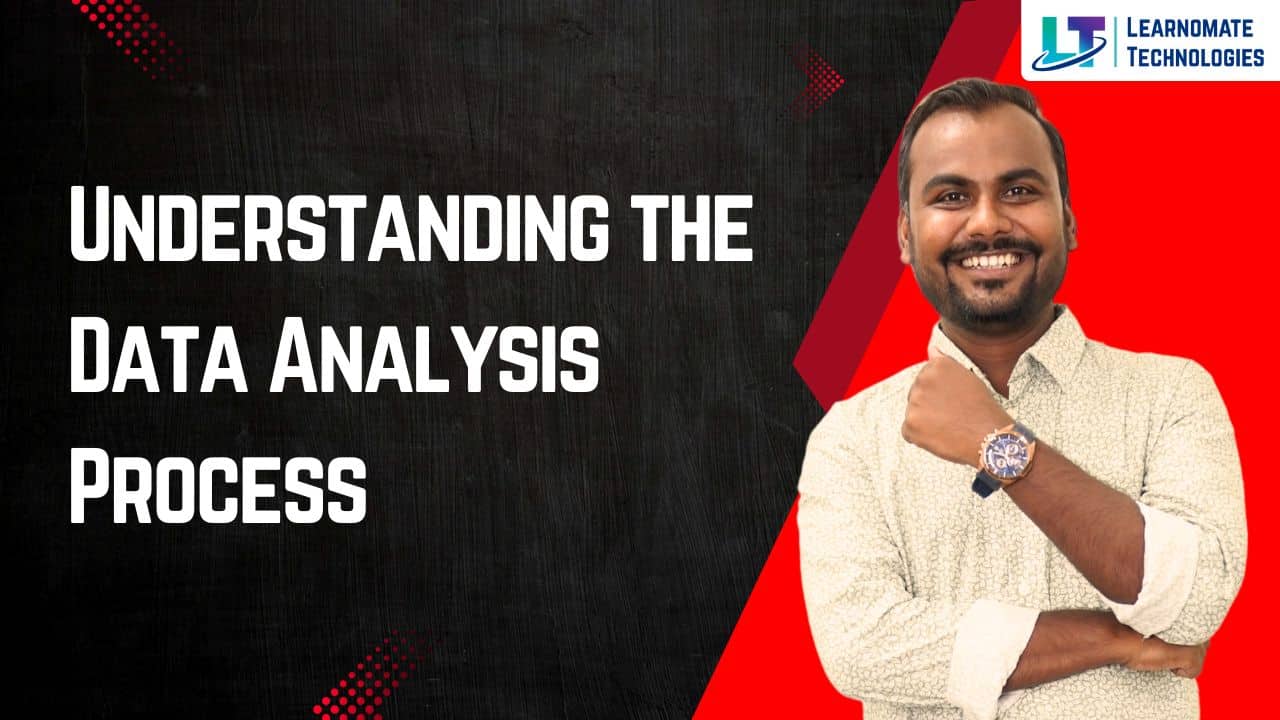Understanding the Data Analysis Process
Understanding the Data Analysis Process: From Raw Data to Insights
Data analysis is the process of collecting, cleaning, organizing and interpreting data to find useful information and support decision-making. It follows a structured set of steps that guide how raw data is transformed into meaningful insights.
The six steps of the data analysis process provide a clear framework to approach any data-related problem systematically, ensuring accurate and reliable results.
1. Data Collection
This is the foundation of the analysis process. Data is gathered from various sources such as databases, surveys, sensors, or APIs. The goal is to collect accurate and relevant information that aligns with the business or research objectives. Good data quality ensures reliable insights later on.
2. Data Cleaning
Raw data often contains errors, missing values, or inconsistencies. Data cleaning involves fixing or removing incorrect records and ensuring consistency in formats and values. This step is crucial for improving data quality and preventing misleading results during analysis.
3. Data Exploration (EDA)
Exploratory Data Analysis (EDA) helps you understand the structure and patterns in your dataset. Through visualizations and statistical summaries, analysts identify trends, correlations, and anomalies. It’s a creative and investigative step that sets the direction for deeper analysis.
4. Data Transformation
In this stage, data is converted into a suitable format for analysis. It may include normalization, aggregation, feature engineering, or encoding categorical variables. Proper transformation ensures the dataset is ready for modeling and accurate interpretation.
5. Data Analysis & Modeling
This is where the core analytical work happens. Analysts apply statistical techniques, machine learning models, or hypothesis testing to uncover patterns and relationships. The goal is to answer key questions or make predictions based on the processed data.
6. Data Visualization
Visualization turns complex data into intuitive charts, dashboards, or infographics. It helps communicate findings effectively to non-technical audiences. Good visuals make trends, patterns, and insights easy to understand and actionable.
7. Insights & Decision Making
The final step is translating analytical results into meaningful insights. These insights guide business strategies, operational improvements, or policy decisions. The focus is on turning data-driven findings into real-world actions and measurable outcomes.
At Learnomate Technologies, we help aspiring analysts build real-world skills in Data Analytics, SQL, Python, Power BI, and Machine Learning through hands-on training and live projects.
Start your journey to becoming a professional Data Analyst today!
Explore more on our blog, where we simplify complex topics like SQL, Python, Power BI, Excel, and advanced analytics.








Let’s keep learning, exploring, and growing together. Because staying curious is the first step to staying ahead.
Thanks for reading! Now it’s time to turn this knowledge into action. Happy learning, and see you in class or in the next blog!
Happy Analyzing!
ANKUSH


